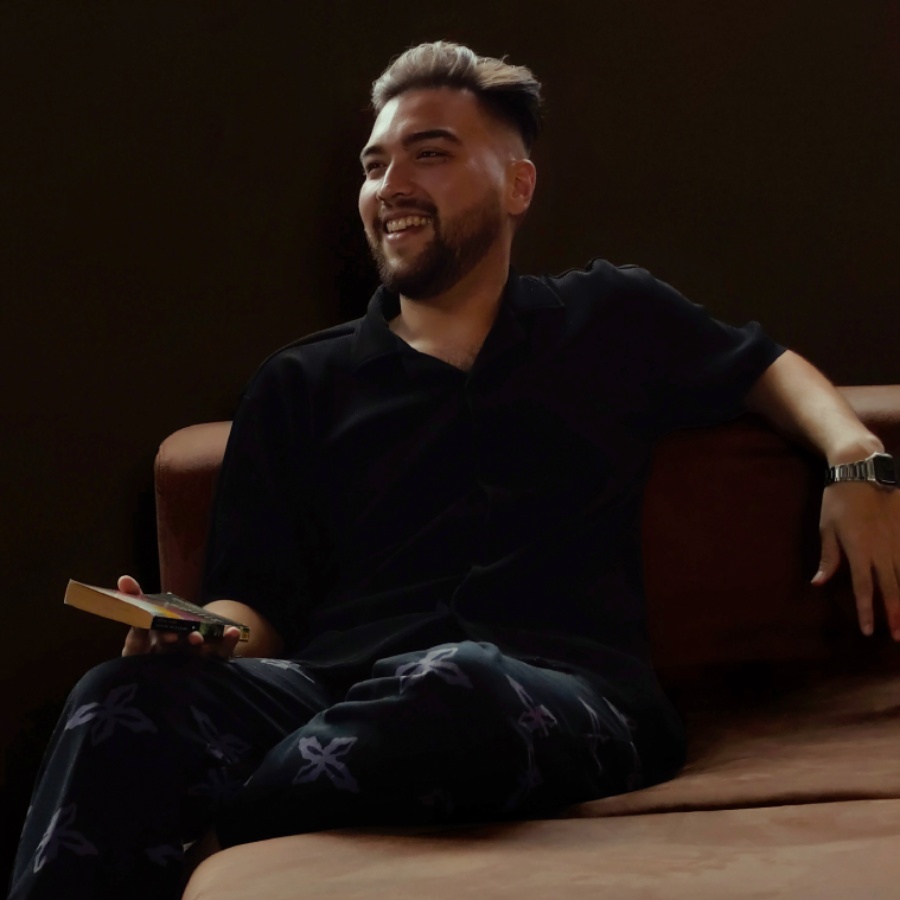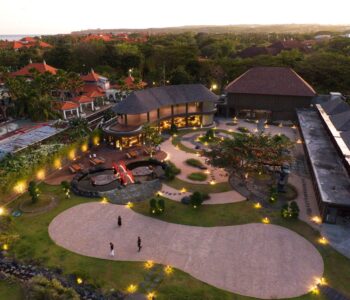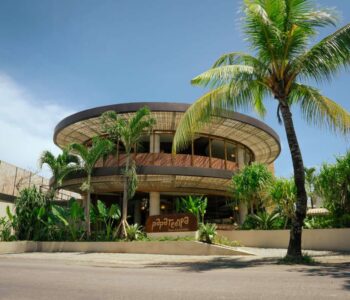For over 40 years, the John Hardy brand has been creating and producing some of the most beautifully designed and unique jewellery in Bali, crafted by masterful Balinese artisans through time-honoured techniques that have been passed down through generations. At John Hardy Workshop & Kapal Bamboo Boutique in Mambal, you can join a Masterclass to get a first-hand experience with the artisans and learn their intricate craftsmanship, while customising your very own piece of John Hardy jewellery.
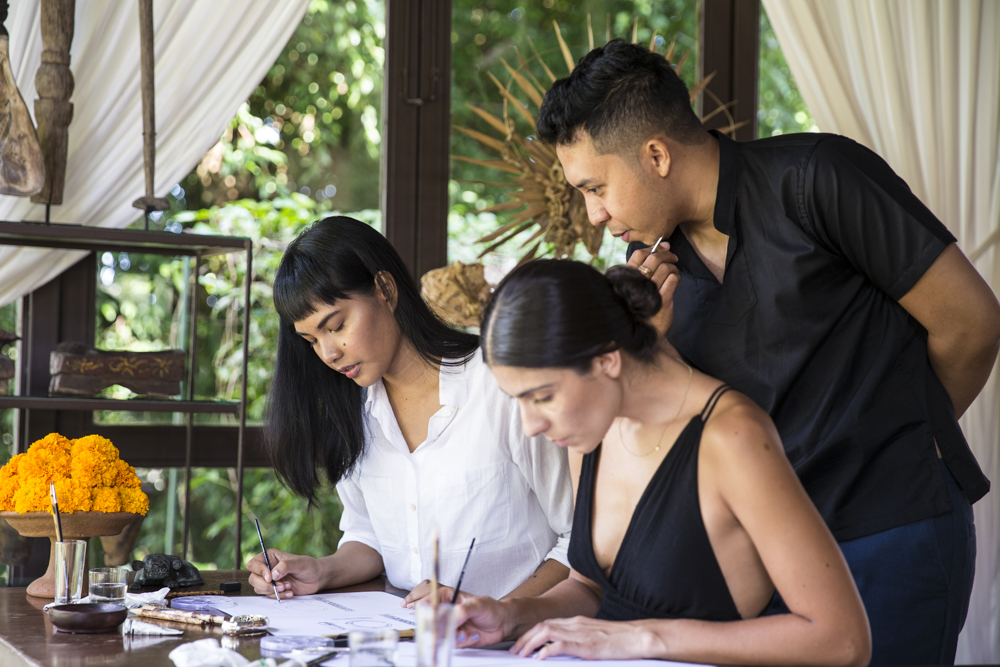
Tucked amongst the lush surroundings of Mambal, the John Hardy Workshop & Kapal Bamboo Boutique is an oasis fittingly located in Bali’s cultural centre. Drawing inspiration from nature, ancient artistry and cultures, the flagship John Hardy establishment is home to the workshop where a collective of over 700 Balinese artisans create the handcrafted jewellery daily. Here, guests can join a Masterclass session to learn what it takes to create a fine piece of John Hardy jewellery.
A Tour of Kapal Bamboo Boutique
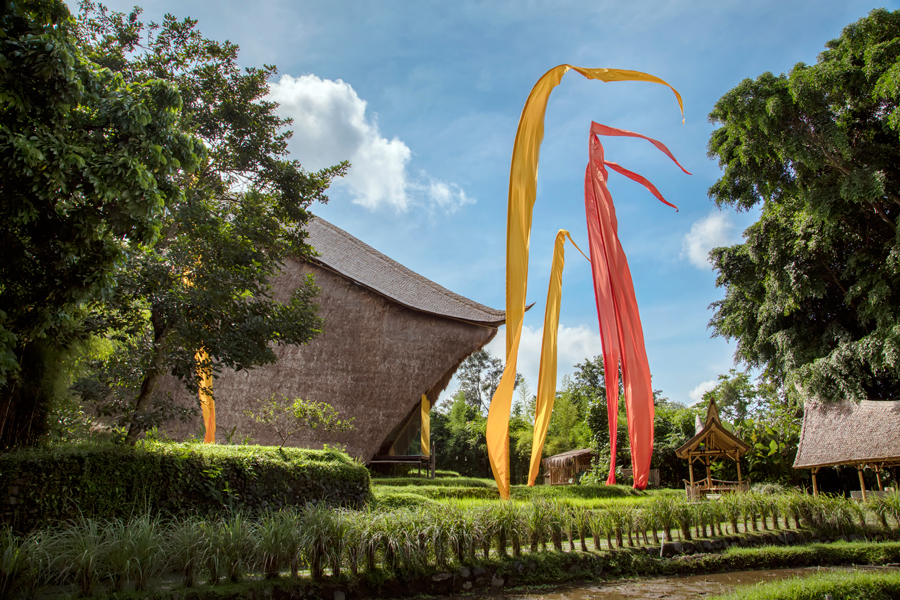
Before we embarked upon the fascinating Masterclass session, we were fortunate enough to have a tour through the establishment beginning with the Kapal Bamboo Boutique. As we entered the lush 400-acre landscape and walked through the natural stoned pathways, surrounded by mesmerising views of all the greenery and lush rice paddies, inspiration hits you instantly as you stand beneath the breath-taking Kapal Bamboo Boutique structure, an awe-inspiring 90-foot-tall architectural masterpiece of a bamboo cathedral constructed in the shape of a ship’s hull made out of locally-sourced bamboo and alang-alang.
Entering the stunning boutique, we were greeted by the welcoming staff who showed us around the boutique, housing John Hardy’s complete collection of handcrafted jewellery, including their one-of-a-kind Cinta collection. As we explored the boutique, feasting our eyes upon the exquisite jewellery on show, we walked to the end of the room where a floor-to-ceiling window gave us an up-close look of the lush rice fields below and the workshop, where the original Long Table rests.
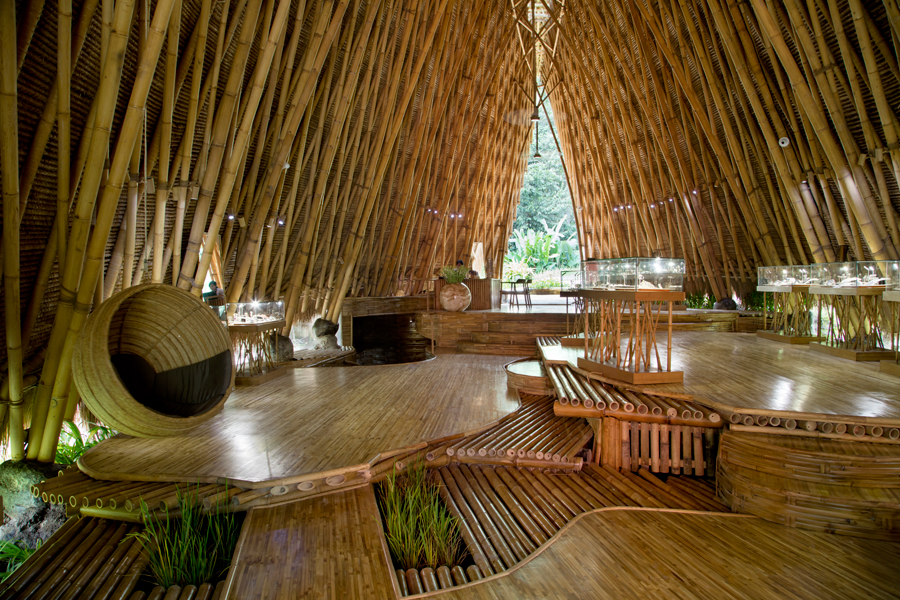
The John Hardy brand has always strived for sustainability and its practices, and the importance of community, something that they’ve implemented in their company culture. The Long Table lunch is a company tradition, where they serve lunch daily for the management team and artisans on the long table in the alfresco setting, where they share a banquet-style meal of Indonesian dishes, prepared and cooked on-site in a traditional fashion using wood-fired stoves. Prior to the pandemic, a workshop tour was available, where guests can witness first-hand the artisans in their element, while also sharing a meal with the 700 artisans during the Long Table Lunch. However, due to health and safety reasons, the workshop tour is currently not available, but a version of the Long Table Lunch is available in Seminyak.
A Sneak Peek of the Archive Tour
From the boutique, we walked down the bamboo staircase to another showroom, a recent extension of the gallery, where guests can see the various men’s jewellery collections displayed in the showcases. Then we continued along the wooden bridge where a small room features showcases of the various steps in the jewellery-making process and pictures of John Hardy himself along with families and the various people essential to the history of the brand.
Here, you’ll also notice a vault door, like the ones you see in banks. Here is where they will have an Archive Tour, soon to be launched in February. And yes, we were lucky enough to be the first guests to enjoy a little preview of what’s inside the archive room. Director of Heritage, Polly Purser, graciously gave us a tour inside and shared the history of the brand and its timeless pieces, where they display the endless archival pieces of the John Hardy collection, pieces from their earliest collection and throughout the years, which show the evolution of their jewellery-making technique and design. Once they are open to the public this February, the Archival Tour is definitely a must-visit when you’re there.
John Hardy Masterclass
Following the Archive Tour, we continued to the studio where our Masterclass session took place. There, we were greeted by our knowledgeable instructors: master artisans Mbok Sulis, an expert Chain Weaver; Bli Komang, a Designer; and Bli Uya, a Master Wax Carver. These artisans have been with the John Hardy family for years: Mbok Sulis has been working at John Hardy for over 20 years; while Bli Komang has been with them for around 10 years and shared an inspiring backstory of how he became a designer for the company. He initially started in housekeeping but showed interest in design, when he began spending time with the designers during his break time and tried sketching. Seeing potential in him, one of the designers suggested he try out as a designer… and the rest is history. Seeing his sketches firsthand, there is no denying the inherent talent this artist has!
We then began our Masterclass with these expert artisans who shared with us the time-honoured eight-step fine jewellery-making process, techniques that have been passed down from the jewellers of Bali’s ancient times.
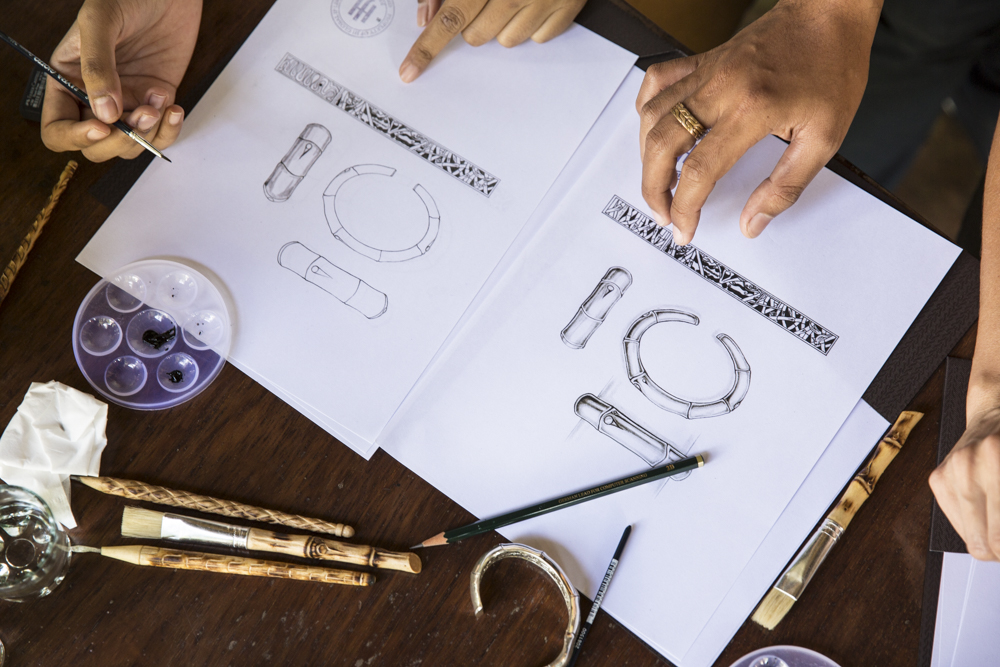
The first step of the process was rendering the design. Unlike today’s modern-day technique of using computers to render designs, John Hardy designers practise the traditional way of rendering: sketching with pencil and paper. Bli Komang shared several of his design sketches, which left us stunned at how intricate, precise and meticulous his sketches were. A true testament to his talent.
Steps for the rendering process start with a design concept that is then brought to life with pencil sketches, which are then developed into watercolour illustrations with the goal to visualise the final look of each piece, thoughtfully considering its beauty, balance, stone colour and function.
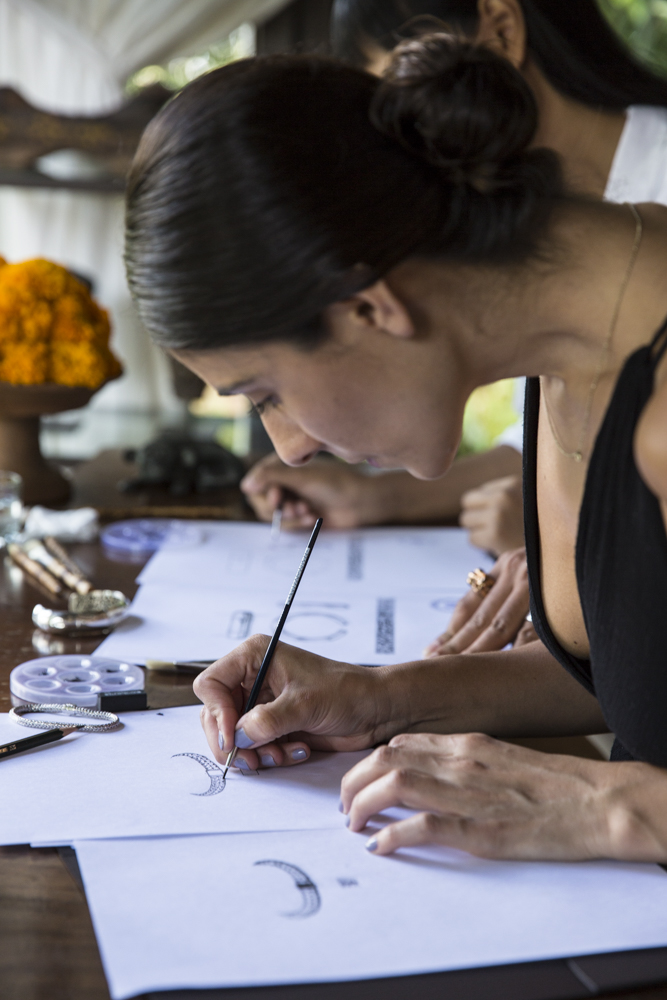
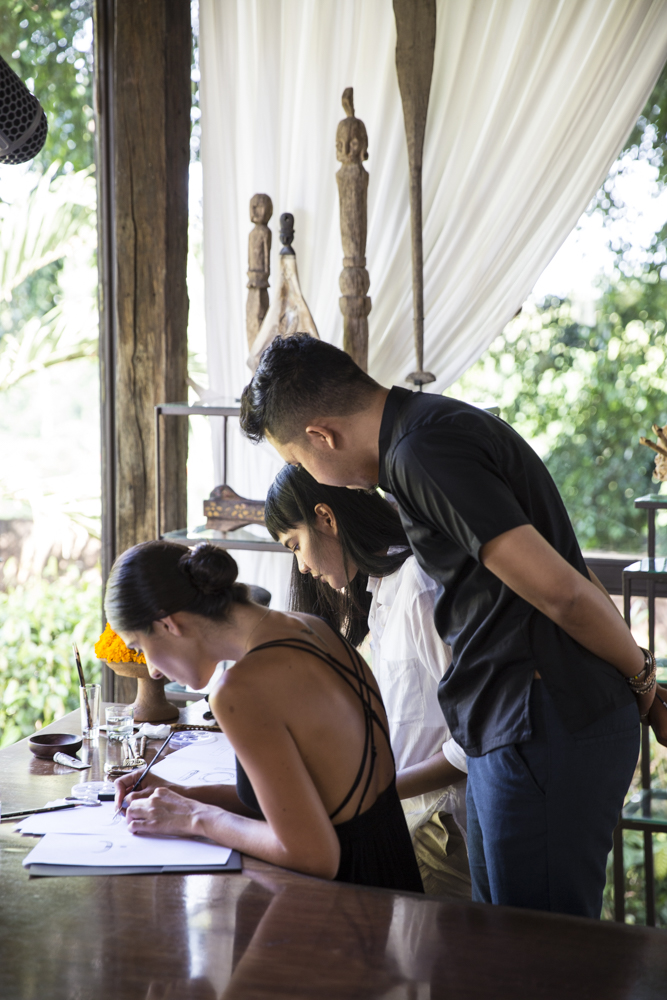
For this process, we were given two options of an existing design to render our design: a bracelet or a pendant necklace. We then began to sketch our design with a pencil, for the pendant you can sketch your custom design on the surface of the pendant, both front and back, and for the bracelet, you can sketch your custom design on the back surface of the kick cuff. You can design whatever you desire, though Mbok Sulis cautions not to over-complicate your design because you’ll have a hard time once you get to the carving process.
Once we’ve finished our design, we also tried to render the design into watercolour illustrations, another process that isn’t as simple as it looks. If you’re not used to painting with watercolour, it’ll take a minute for you to get used to the watercolour technique.
The next step of the process is wax carving, where the artisans will use the watercolour illustrations as a guide and transfer the design carved in jeweller’s wax. This is a meticulous and time-consuming process, which can take weeks for the design team to consistently refine until the form is perfect. There are over 20 master wax carvers in the John Hardy workshop, most of whom hail from generations of traditional stone and woodcarvers.
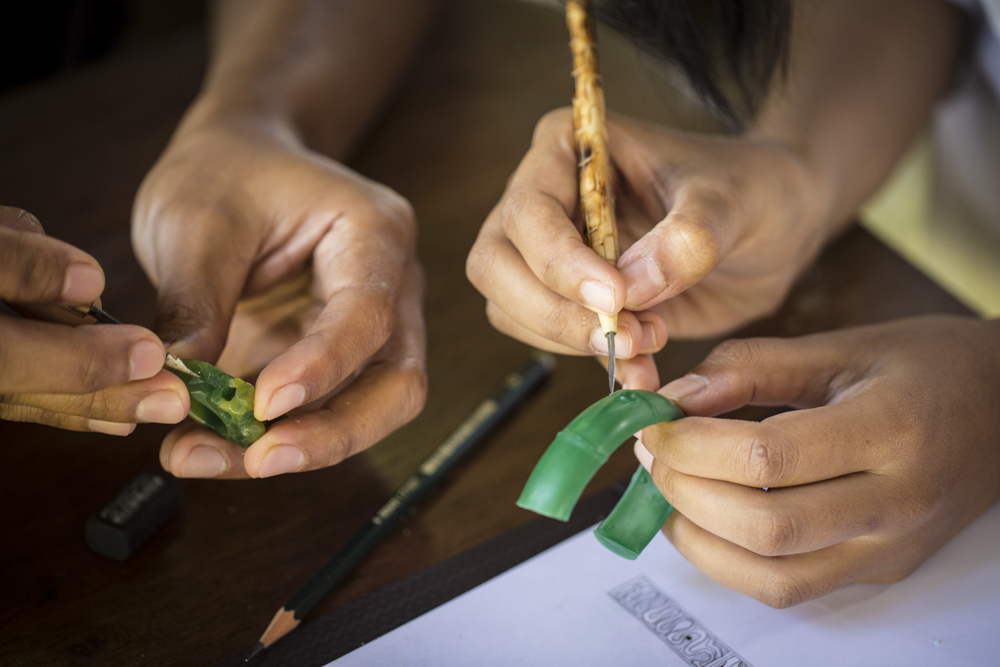
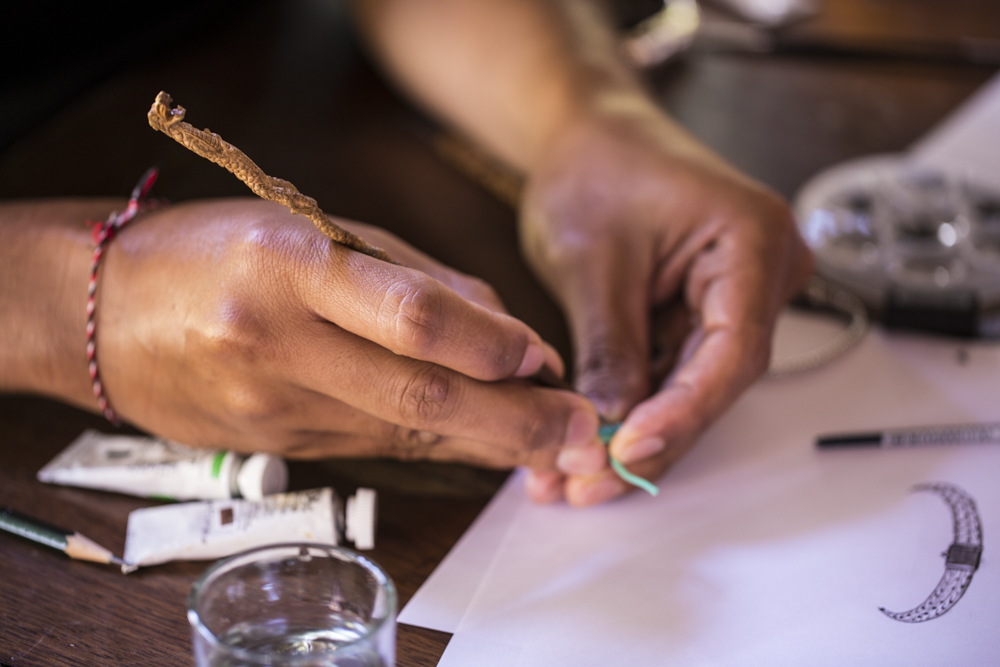
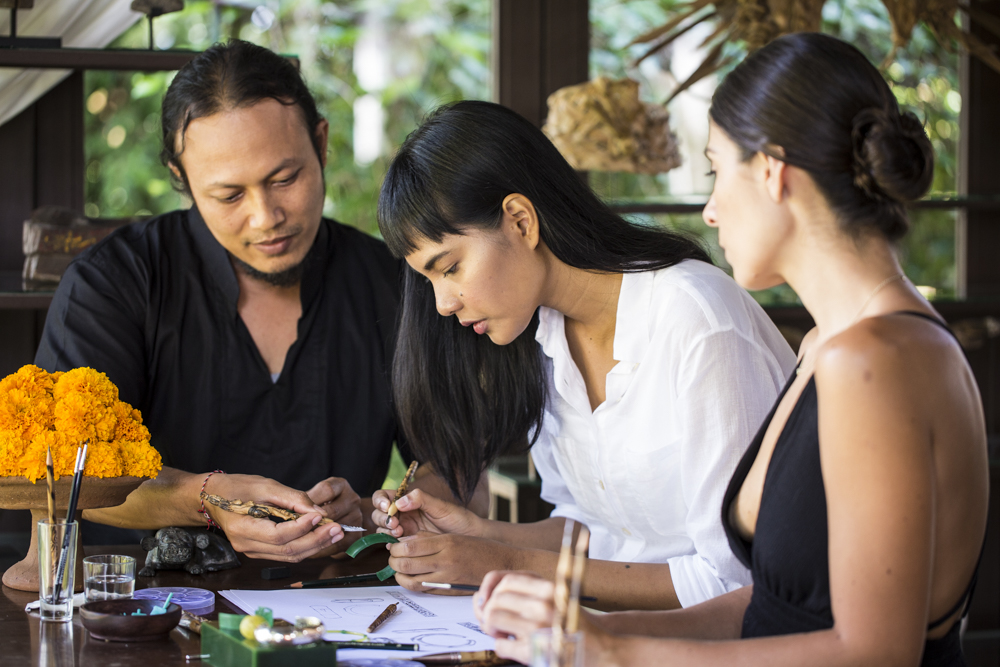
For the wax carving process, we were provided with an existing wax mould of the jewellery, which we then had to carefully (and patiently) carve our design into. This process requires a lot of focus because it’s quite difficult to make sure your lines are straight and precise, even though during this session Bli Uya made it seem so easy, mind you, he’s a master carver with years of practice and experience under his belt. This is why for us amateurs; a simple design is best for your first time. Using carving tools, you lightly outline your design into the wax, just to make sure the outline is clean and precise, before carving it deeper until the final form.
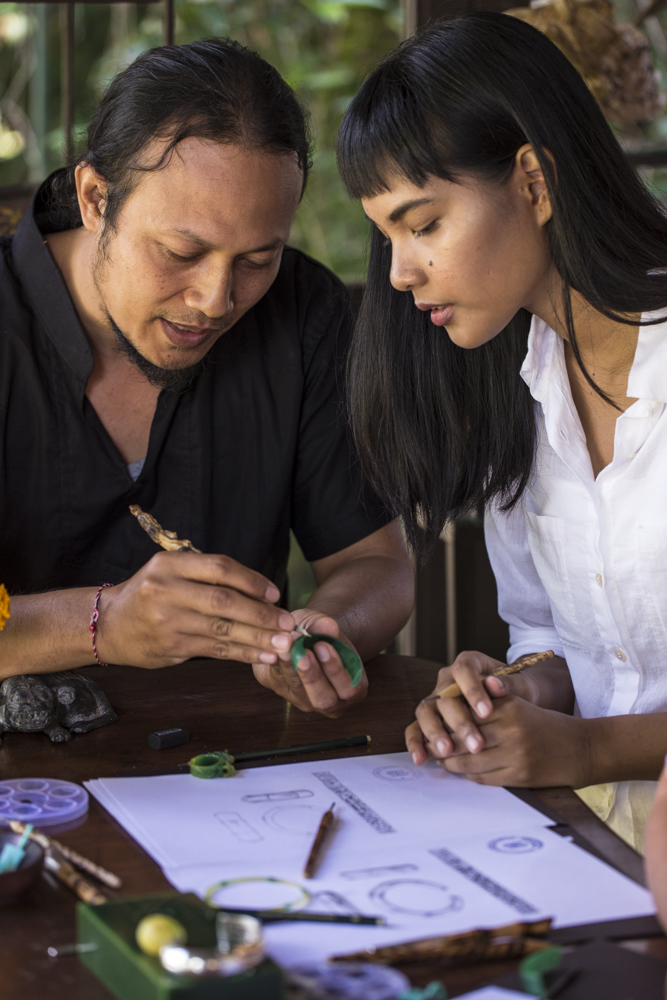
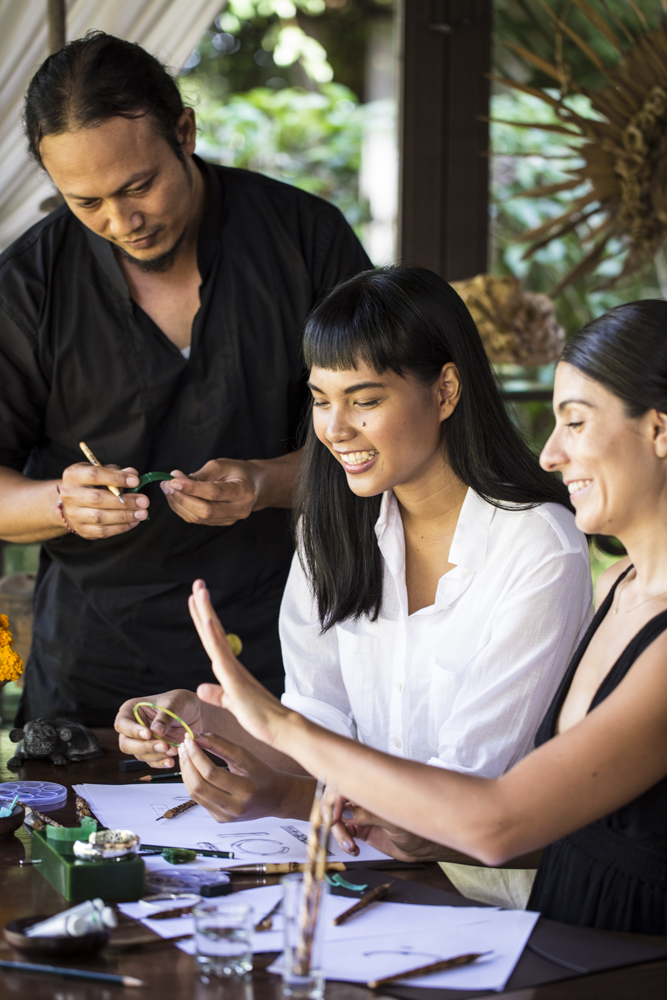
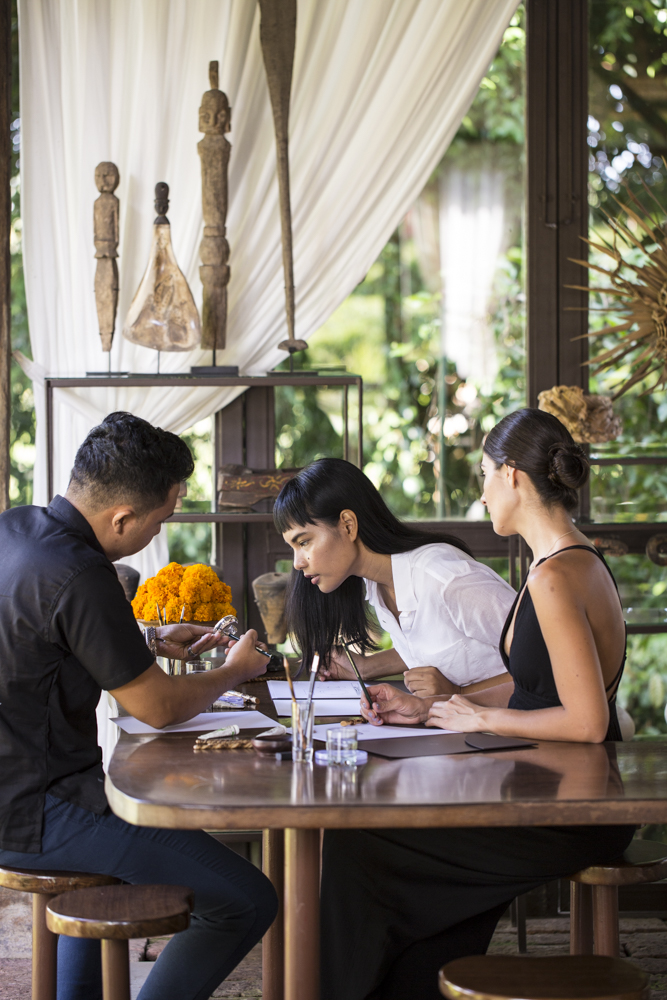
This brings the Masterclass session to an end as the Masterclass aims to give you a taste of the eight-step jewellery-making process through carving, but don’t worry your instructors will tell you all about the rest of the process. Pre-pandemic, participants of the Masterclass were able to visit the workshop to see firsthand the artisans working on the rest of the eight-step process, from Master Casting, Moulding, Wax Tree, Silver or Gold Tree, Assembly and Finishing the Piece, however, the workshop tour is currently unavailable, therefore we weren’t able to see the rest of the process.
Additionally, we also got the chance to learn the art of Chain Weaving with Mbok Sulis, who demonstrated the centuries-old technique. She shared that the silver and gold links are still woven by hand, and the finished chain is then kneaded and polished. One inch of their Classic chain can take up to four hours to weave. It’s a very meticulous process that requires a lot of focus and patience.
So, if you’re looking for an exciting and inspiring new skill to take up, the John Hardy Masterclass should definitely be on your to-do list. The John Hardy Masterclass is only available at Kapal Bamboo Boutique in Mambal and is available upon request one day in advance.
For more information and pricing of the Masterclass, please visit johnhardy.com/about-john-hardy/visit-us-in-bali/
Read further on John Hardy Workshop & Kapal Bamboo Boutique; or about John Hardy Seminyak Boutique & Gallery.
John Hardy Workshop & Kapal Bamboo Boutique
Br. Baturning No. 1, Desa Mambal, Abiansemal
+62 361 469 888 | +62 811 385 2233 (WA)
visit@johnhardy.com
johnhardy.com/about-john-hardy/visit-us-in-bali/

